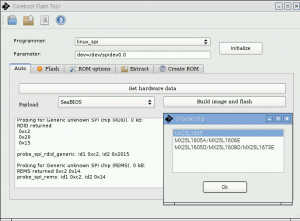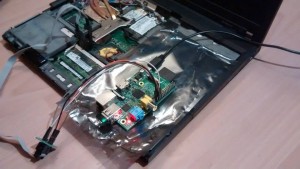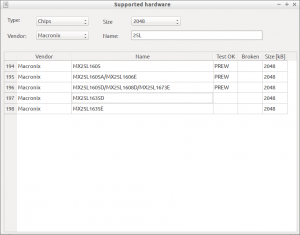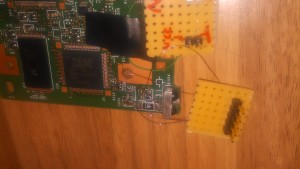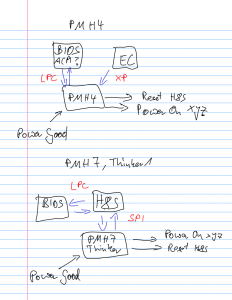Hello!
During weeks 7, 8 and 9 I worked on:
- functions for gathering hardware specific data
- extending libflashrom
- GUI improvements
- testing
GATHERING HARDWARE SPECIFIC DATA
Main purpose of End user flash tool project is to provide an easy way to build and flash coreboot ROM. To achieve it there is a need to collect hardware specific data such as:
- lspci -nn output: information about all PCI buses and devices in the system, it is possible to recognize a graphic card, its vendor and device codes
- dump of factory BIOS: it is important to make a copy of factory BIOS in case something will go wrong, but not only in this case, very often there is a need to use a VGABIOS extracted from factory BIOS if particular graphic card or display panel is present in our system, it is the best to make dump two times and then check if files are the same (for example by comparing hashes)
EXTENDING LIBFLASHROM
Sometimes when flashrom probes for all known chips there are multiple chips found. I needed to implement a function which will return all such chips to GUI. Now in this case it is possible to just select which chip is correct by clicking a proper one in dialog box.
GUI IMPROVEMENTS
I decided to change a bit visual design of the app. There is a new (but most important for the project) tab – ‘Auto’. In this tab it is possible to gather hardware specific data, which will be then used in a process of automatic building of coreboot image and flashing. I also decided to move programmer selection combobox from ‘Flash tab’ to main application window and add edit text field for parameters.
LOOKING FOR TESTERS
GSoC ends in next week, application is almost done (but will be improved and extended also after GSoC), so this is time for some testing! I would be very grateful if some of you could help me with it. It would be the best if you have Lenovo T60 and external programmer. First there is a need to collect some hardware specific data and then it would be possible to check if application creates working coreboot image basing on this data. So it is not only about testing, but also about making white list of hardware configurations bigger to let more users flash their hardware with coreboot in easy way!
Please contact me on:
- IRC #flashrom #coreboot: lukaszdm
- e-mail: lukasz.dmitrowski@gmail.com
Thanks in advance!

